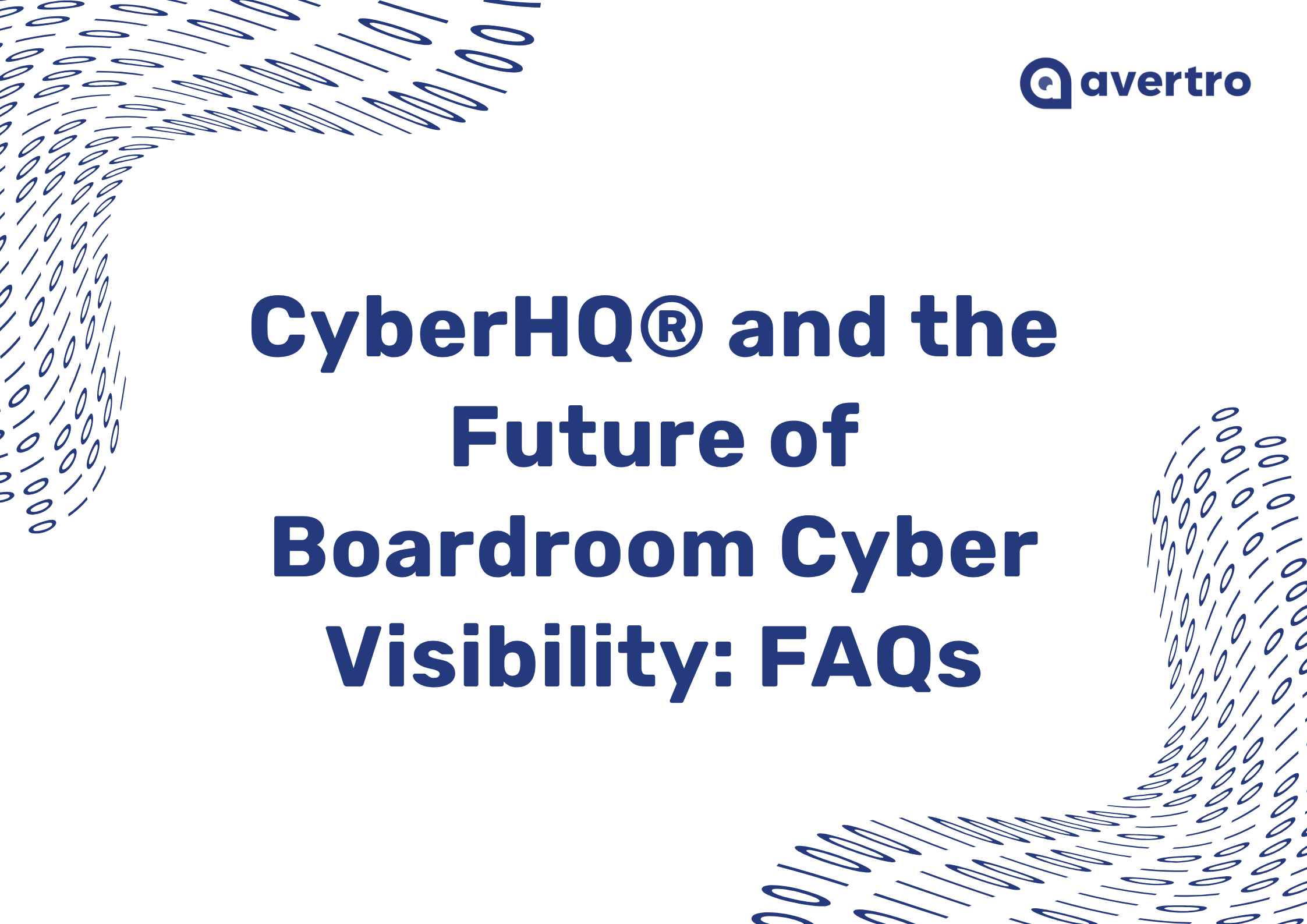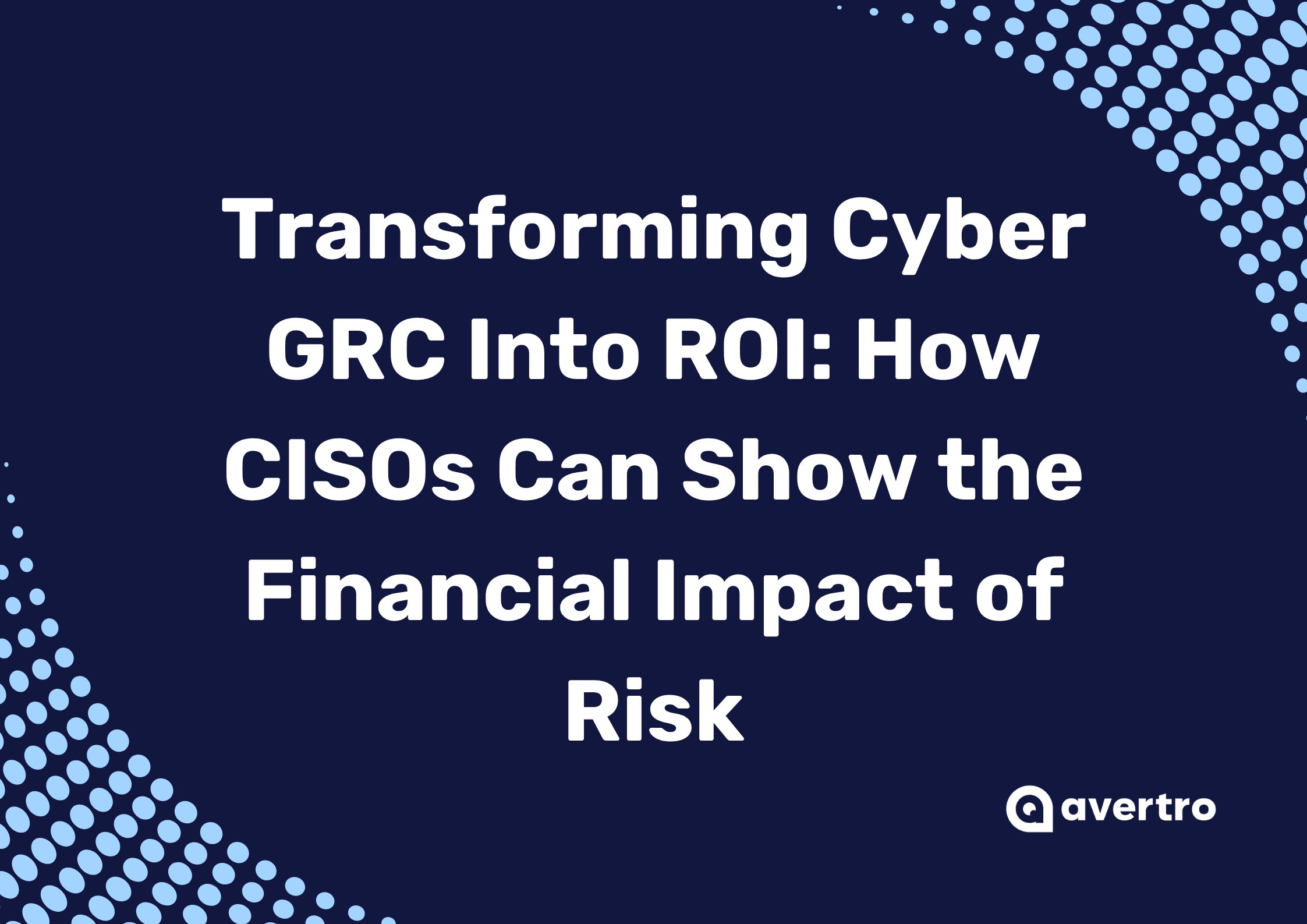Navigating the compliance landscape of the U.S. Securities and Exchange Commission (SEC) Cybersecurity Rules presents a formidable challenge for companies, yet it also offers an unprecedented opportunity to strengthen cyber defenses and enhance corporate governance. Effective implementation of these rules requires a strategic approach, integrating robust cybersecurity frameworks with clear communication channels and an educated board of directors. This blog outlines actionable strategies for companies to not only comply with the SEC mandates but also to leverage these requirements as a catalyst for comprehensive cybersecurity improvement.
Building a Robust Cybersecurity Framework
The foundation of compliance with the SEC Cybersecurity Rules is a robust cybersecurity framework that aligns with the company’s risk profile and business objectives. Companies should start by conducting a thorough risk assessment to identify their most critical assets and the potential threats they face. Based on this assessment, develop and implement a comprehensive set of cybersecurity policies and controls tailored to mitigate identified risks. This framework should encompass aspects of prevention, detection, response, and recovery, ensuring a holistic approach to cybersecurity. Regularly updating and testing the framework against emerging threats is crucial to maintain its effectiveness over time.
Enhancing Incident Detection and Response
A key requirement of the SEC rules is the timely disclosure of material cybersecurity incidents. To meet this requirement, companies must have advanced incident detection systems in place that can quickly identify potential security breaches. Equally important is an effective incident response plan that outlines specific steps to be taken in the event of a breach, including how to assess the materiality of an incident. This plan should detail roles and responsibilities, communication strategies, and recovery processes. Regular drills and simulations can help ensure that the response team is well-prepared to act swiftly and efficiently, minimizing the impact of any breach.
Engaging the Board and Management
The SEC Cybersecurity Rules emphasize the importance of board oversight and management’s role in cybersecurity governance. To comply, companies should ensure that their boards are fully informed about the cyber risks the company faces and the measures in place to mitigate these risks. This may involve providing regular training sessions on cybersecurity trends and threats, as well as detailed briefings on the company's cybersecurity strategies and incident response plans. Additionally, companies should consider appointing a cybersecurity expert to the board or creating a board-level cybersecurity committee to ensure focused oversight of cyber risk management.
Annual Reporting and Disclosure Practices
Compliance with the SEC’s annual reporting requirements demands a structured approach to documenting and communicating the company's cybersecurity risk management practices and strategies. Companies should develop a comprehensive annual cybersecurity report that not only addresses the SEC’s requirements but also serves as a valuable document for internal and external stakeholders interested in the company's cyber health. This report should detail the cyber resilience position, risk posture, capability maturity, capability uplift activities and strategies, incident response activities, and the role of the board and management in overseeing cybersecurity efforts. Ensuring accuracy and completeness in this report is key to demonstrating compliance and maintaining stakeholder trust.
Leveraging Avertro for SEC Cybersecurity Rules Compliance
Effectively implementing the SEC Cybersecurity Rules requires a multi-faceted approach that integrates stringent cybersecurity practices with proactive governance and transparent reporting. By establishing a robust cybersecurity framework, enhancing incident detection and response capabilities, engaging the board and management in cybersecurity oversight, and adhering to comprehensive reporting and disclosure practices, companies can not only comply with the SEC mandates but also significantly strengthen their cyber resilience. As companies navigate this complex regulatory landscape, the focus should remain on leveraging these requirements to build a more secure, trustworthy, and resilient digital environment for all stakeholders.
In the journey towards full compliance with the SEC Cybersecurity Rules, Avertro stands out as a pivotal solution for companies seeking to streamline their cybersecurity management processes. Avertro's platform is designed to facilitate the efficient implementation of these rules by offering advanced capabilities for comprehensive cyber risk management. It provides an integrated framework that not only helps companies identify and mitigate cyber risks in alignment with SEC requirements. Moreover, Avertro enhances board and management engagement by offering clear, actionable insights into the company's cybersecurity posture, enabling informed decision-making and ensuring that cybersecurity governance is aligned with SEC mandates. Through its comprehensive suite of tools, Avertro simplifies the complexities of SEC rule compliance, empowering companies to not only meet regulatory expectations but also to foster a culture of cybersecurity excellence.







